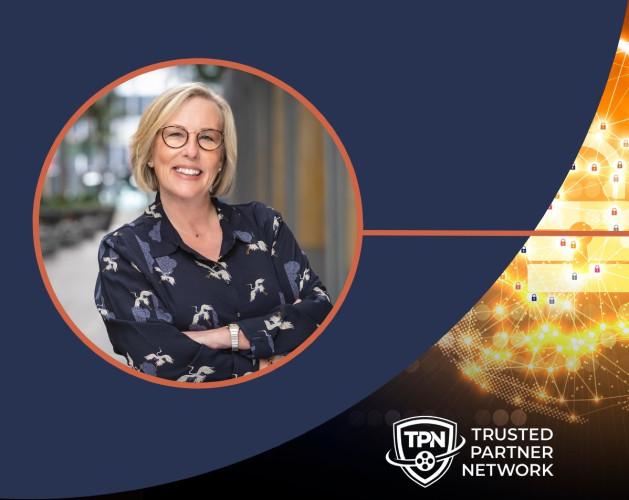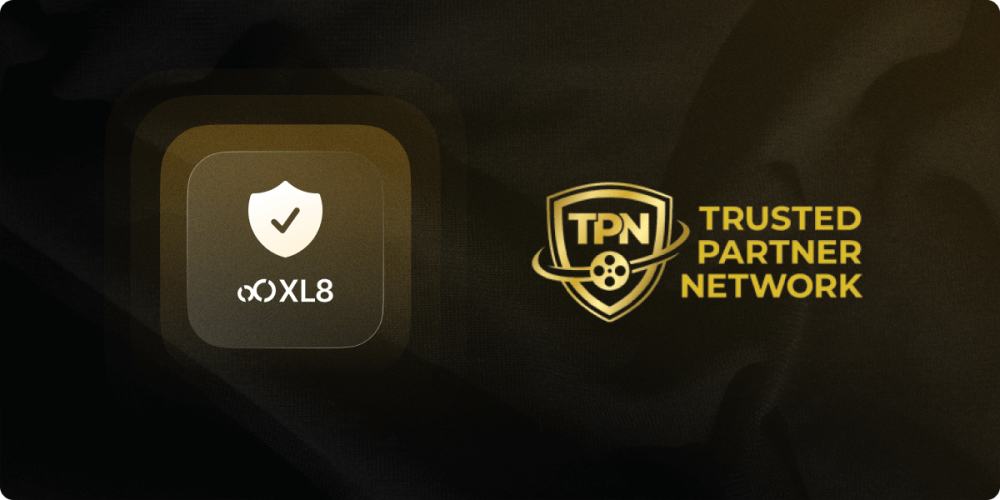Understanding and Managing the Piracy Continuum

Author: Bob Pank#
Published 1st November 2012
Content owners, content distributors and security vendors have traditionally characterized digital “pirates” as a single malicious group with ill intentions. This, however, is seriously short-sighted because it is an overgeneralization that not only overshadows true consumer behavior, but results in misguided piracy mitigation tactics and missed revenue opportunities.
Interest in video is at an all time high. A few years ago, there were a number of challenges in getting high quality video content, such as low Internet bandwidth and a lack of media playback-enabled devices. Today, however, things have changed drastically with consumers demanding more, both in terms of content availability and breadth of accessibility. Put quite simply, piracy has gotten much easier and is now more mainstream than ever.
Piracy is not a single behavior, but rather a continuum of behaviors. Within the Piracy Continuum™, there are six distinct groups:
Criminals
“I make money on your content.”Criminals attack content protection technology with the intention of selling either the mechanisms for getting around the security, such as smart cards, or the content itself. Compared to Hackers (further along the Continuum), Criminals are well-organized and keep their methods to themselves so that they can generate revenue by selling their piracy solutions.
Criminal activity is an industry issue for pay TV operators and is hard to stop with conditional access or DRM systems because the content can be streamed after it is decoded in the set-top box or computer. In addition, there are often multiple providers offering the same content, so identifying where the pirated content is coming from can be a challenge unless a technology like watermarking or fingerprinting has been used.
Successfully battling Criminals requires a multi-faceted approach of renewable content protection technologies, ongoing piracy management services, forensics and legal activities.
Hackers
“Let’s see how fast I can crack the security.” Hackers actively try to break down the protection that is securing content to gain access to it. However, the ultimate goal is not the content itself, but the intellectual satisfaction of finding ways to bypass the security. They view this as a challenge to test their skills against professionals in order to gain reputation with their peers.
Many Hackers work with their peers to bypass different parts of content protection schemes. Alone, few Hackers could penetrate all of the defenses that are put in place, but working together they are able to find ways to access the content. There are groups formed, often online, with message boards and sites focused on how to overcome the challenge of attacking a secured system. However, due to the increased visibility of hackers over recent years, more underground and private channels are being used to reduce their visibility.
Though the motives of Hackers are different than those of criminals, they must still be taken seriously, and successfully managing their activities requires many of the same measures used for dealing with Criminals.
Casual Pirates
“I’m only doing this once in a while... who’s it going to hurt?” A Casual Pirate is someone who knows how to download illegal content and chooses to do so. The challenge when dealing with this group is that they do not believe they are doing anything wrong, that their individual activity will have nominal to no impact or worse yet, that they may not care that it is illegal. According to a study by Advanced Television, 70% of people do not believe it is wrong to download content as long as they are not making money from selling it to others.
The Casual Pirate is often a voracious consumer of video, and uses a variety of easily available resources on the Internet to find and obtain the content they want – whether from Peer to Peer (P2P) sites, Cyberlockers, Usenet newsgroups or streaming sites. They don’t perceive a need to pay for it, even if it’s easily available at a reasonable price. They download it because they can, and because it satisfies their personal content consumption needs at a price that can’t be beat: free.
Because Casual Pirates feel very “entitled” to do what they’re doing, it’s difficult to find ways to change their behavior. It is therefore most effective to use piracy management and takedown services to remove the files this group downloads at the source.
Frustrated Consumer
“I want to buy it, but it’s not available.” The Frustrated Consumer is exactly what it sounds like. This is someone who is looking for something and is frustrated because it is not readily and legally available. In some cases, this can be an accessibility issue, such as streaming video content to a particular tablet that is not supported. In other cases it is the lack of content availability, most often due to geo-restrictions. If operators are not offering what consumers want, they are going to look for alternative methods to access it, including going to a competitor or moving up The Piracy Continuum and becoming a Casual Pirate.
Fortunately, this group is willing to pay for content and will seek out legitimate means to acquire it if it’s easily accessible and readily available at a reasonable price, within a reasonable period and on devices of choice. One way to do this is to offer content over broadband to connected devices so that they can view it on the device, and at the time, of their choice.
Confused Consumers
“It’s legitimate... isn’t it?” The Confused Consumer finds video online but is not aware that the content may be illegally placed on the site they are visiting. There are a number of sites that stream content but do not have the legal rights to do so. In most cases the content is uploaded by users, but in an increasing number of cases, this content is rebroadcast by Internet criminals seeking to profit from their activity.
One of the most confusing aspects of online video for consumers is when they search for popular content and end up on sites that appear to be legitimate – including banner advertising from reputable companies – but are actually set up by illegal re-broadcasters seeking to profit from ad revenue generated on their sites. An innocent consumer may search for their favorite sports team and happen upon a streaming site with a live broadcast of a match in progress. Or they may search for their favorite TV show and end up at a site that is streaming it at the same time that it is playing on a pay TV channel.
Keeping Confused Consumers on the straight and narrow requires two approaches: offering them easy-to-use, legitimate services that help them discover online content, and anti-piracy services that help dismantle the business model of linking and streaming sites by alerting advertisers and ad networks to the infringements and pulling the source of pirate funding.
Consumers
“I’m happy with the paid access I have today.” The final group is the Consumer. This group is considered the “bread and butter” for pay TV operators as they are willing to pay for content and are pleased with what they receive making them loyal subscribers. However, as new options become available they may supplement their subscription with alternative sources which could lead them to reduce, or even eliminate, their existing subscription.
There could be a number of reasons why this group is content today. The consumer could simply be satisfied with the offering, meaning that they are getting the content they want on their device of choice, most likely the TV. They may have also have higher tier subscription packages giving them access to more content, such as live sports or movies.
To keep Consumers happy, operators must offer them the content and services they want, and educate them on their availability and how to get the most value from them. The challenge with this group is to offer services before they start to become dissatisfied and seek out alternatives, which could move them to become Confused or Frustrated Consumers.
The industry has traditionally looked at consumers and pirates as singular groups. This limits the ability to properly address the specific issues that they create, whether that is understanding what their needs are, and how to address them, or to realize the manner and motivation for them access illegitimate content and slow their progress. By breaking down these groups further, specific issues and trends can be identified and solutions can be created.
Phil Brady is VP of Sales, EMEA at Irdeto and is an expert in content security with a focus in digital TV, IPTV and mobile. In 2000, he joined Irdeto as an Account Director and transitioned to Director of Sales, EMEA in 2010. Before Irdeto, Phil worked for Global One Telecommunications and HSBC on a director level in account management. Phil holds a Bachelor Degree in Computer Science, Electronic and Telecommunications Engineering from St Francis Xavier Grammar School in Liverpool, England.





























